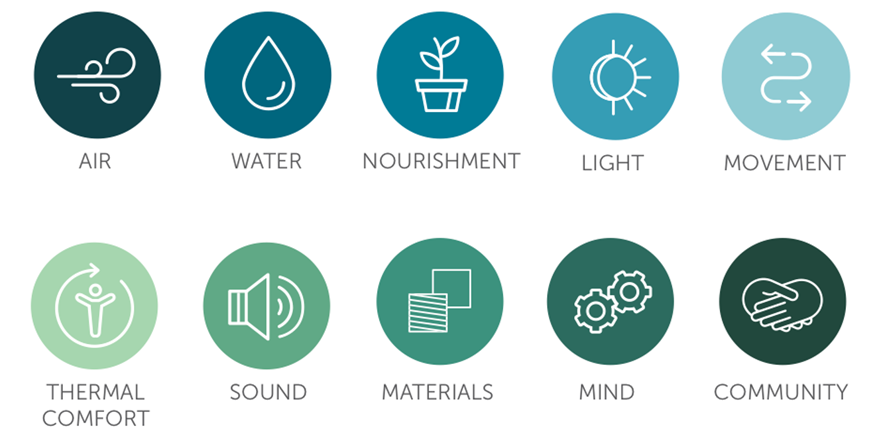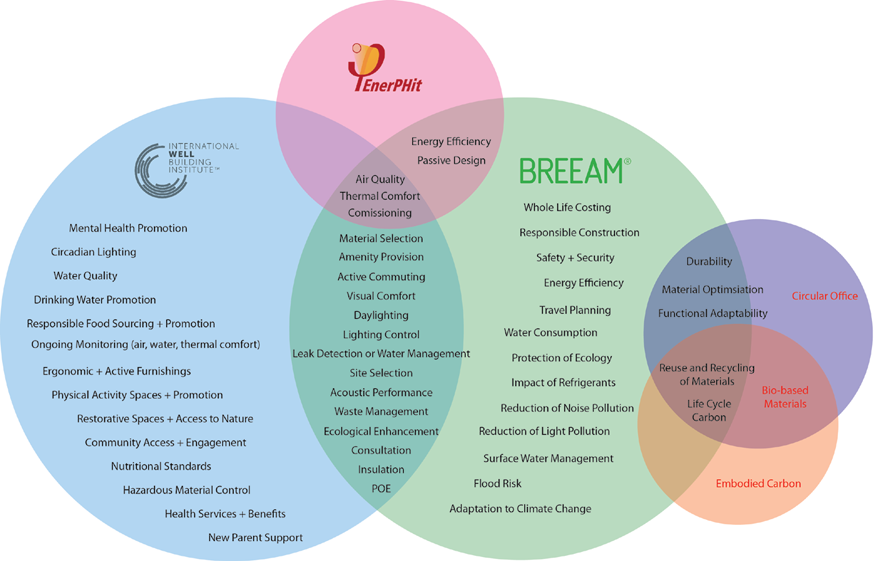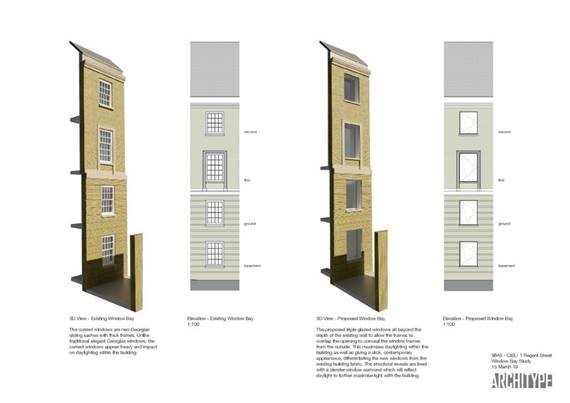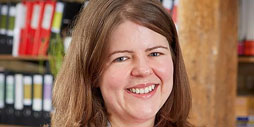
The 10 principles for health and wellbeing for the WELL standard
7 December 2021 - Wendy Bishop, Architype’s associate and lead architect for Entopia has been working on architectural and Passivhaus designs and ways to reduce embodied carbon on the project since it began.
The Entopia Building, the re-invented new headquarters for Cambridge Institute for Sustainability Leadership will do more than just demonstrate how to cut operational and embodied carbon in the built environment.
Central to the project’s aspirational goals is a major focus on health and wellbeing for building users, including up to 230 staff, accelerator spaces for entrepreneurs, and visitors. Creating open plan and contemporary spaces that allow academics, fellows and businesses to socialise and spark new ideas, Entopia will physically demonstrate sustainability leadership in how to transform existing building stock sustainably and cost-effectively.
Based on 10 principles for wellness, from air quality to thermal comfort to acoustics, the updated WELL v2 standard contains very detailed criteria that looks in forensic detail at what it takes to create a healthy workplace. Importantly, the standard, like the EnerPHit Passivhaus standard the building is also aiming for, is based on performance in use, rather than checklist based systems which rely on design intent.
The Entopia building is believed to be the first in the world to aim for all three sustainable certifications: The WELL standard, EnerPHit and BREEAM Outstanding
To be accredited as a WELL project, the building will need to be verified through rigorous testing of building performance, with on-site measurements taken for air and water quality parameters, as well as sound and light levels. The verification testing will be undertaken by an independent assessor who spends time in the building to validate the project and complete a series of performance tests, spot-checks and measurements covering all WELL concepts.
There are a number of measures being implemented at Entopia to create a healthy workplace. As an exemplar for sustainable retrofit, we felt the introduction of the demanding WELL standard would support the project’s aims and show others that even with the challenges of retrofit, a healthy building, with non-toxic materials, fresh air and daylight, was still achievable.
Working closely with the engineers BDP we set about seeing exactly how each criteria could be met. The first challenge was daylight – we had 97 mock Georgian windows whose chunky sash bars and frames were blocking light from every side of the building. By introducing new triple-glazed windows, with a minimal frame recessed into the walls, we were able to increase the amount of glazing by 60% to draw in natural light, nearly doubling the amount of daylight. The move also delivered much better thermal comfort for staff, who won’t have to face draughts in winter or overheating in the summer.
Because we are also aiming to achieve EnerPHit, the Passivhaus standard for retrofit to cut energy use, it meant that we introduced mechanical ventilation heat recovery (MVHR) units. These bring in a constant supply of fresh filtered air into the building and allow heat to be recovered to cut energy costs and keep temperatures constant for thermal comfort. Although we started the designs well before Covid hit, scientists now know that excellent fresh air ventilation rates, which these units provide, is critical for maintaining healthy air quality.
Sound is also very important in healthy workplace design – we all need to be able to hear each other well which can be difficult if the environment echoes badly. Acoustically, we have applied a recycled newspaper spray coating to the concrete soffits that help absorb background sounds and make it easier to hear well.
Another important focus has been the use of natural, non-toxic materials in the construction and fit out, with bio-based materials prioritised over synthetic ones. For example, the internal wall insulation is two layers – a cork and clay render and a wood-fibre board – rather than plastic foam. As the design progresses the team are looking at the VOC content of paints and other products to limit the risk of off-gassing to keep the air quality as healthy as possible.
All these measures will create a great place to work, with the reassurance that people’s health and wellbeing is supported.







